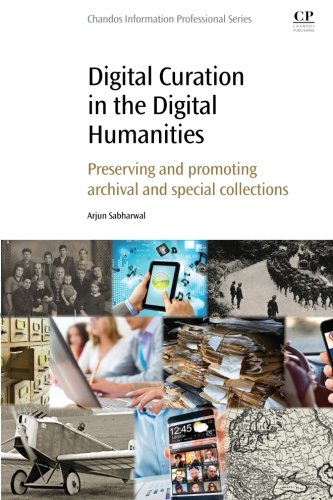

Most ebook files are in PDF format, so you can easily read them using various software such as Foxit Reader or directly on the Google Chrome browser.
Some ebook files are released by publishers in other formats such as .awz, .mobi, .epub, .fb2, etc. You may need to install specific software to read these formats on mobile/PC, such as Calibre.
Please read the tutorial at this link. https://ebooknice.com/page/post?id=faq
We offer FREE conversion to the popular formats you request; however, this may take some time. Therefore, right after payment, please email us, and we will try to provide the service as quickly as possible.
For some exceptional file formats or broken links (if any), please refrain from opening any disputes. Instead, email us first, and we will try to assist within a maximum of 6 hours.
EbookNice Team

Status:
Available5.0
9 reviewsArchives and special collections departments have a long history of preserving and providing long-term access to organizational records, rare books, and other unique primary sources including manuscripts, photographs, recordings, and artifacts in various formats. The careful curatorial attention to such records has also ensured that such records remain available to researchers and the public as sources of knowledge, memory, and identity. Digital curation presents an important framework for the continued preservation of digitized and born-digital collections, given the ephemeral and device-dependent nature of digital content. With the emergence of analog and digital media formats in close succession (compared to earlier paper- and film-based formats) came new standards, technologies, methods, documentation, and workflows to ensure safe storage and access to content and associated metadata. Researchers in the digital humanities have extensively applied computing to research; for them, continued access to primary data and cultural heritage means both the continuation of humanities scholarship and new methodologies not possible without digital technology. Digital Curation in the Digital Humanities, therefore, comprises a joint framework for preserving, promoting, and accessing digital collections. This book explores at great length the conceptualization of digital curation projects with interdisciplinary approaches that combine the digital humanities and history, information architecture, social networking, and other themes for such a framework. The individual chapters focus on the specifics of each area, but the relationships holding the knowledge architecture and the digital curation lifecycle model together remain an overarching theme throughout the book; thus, each chapter connects to others on a conceptual, theoretical, or practical level.